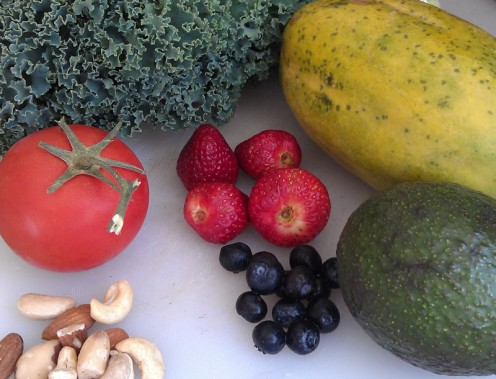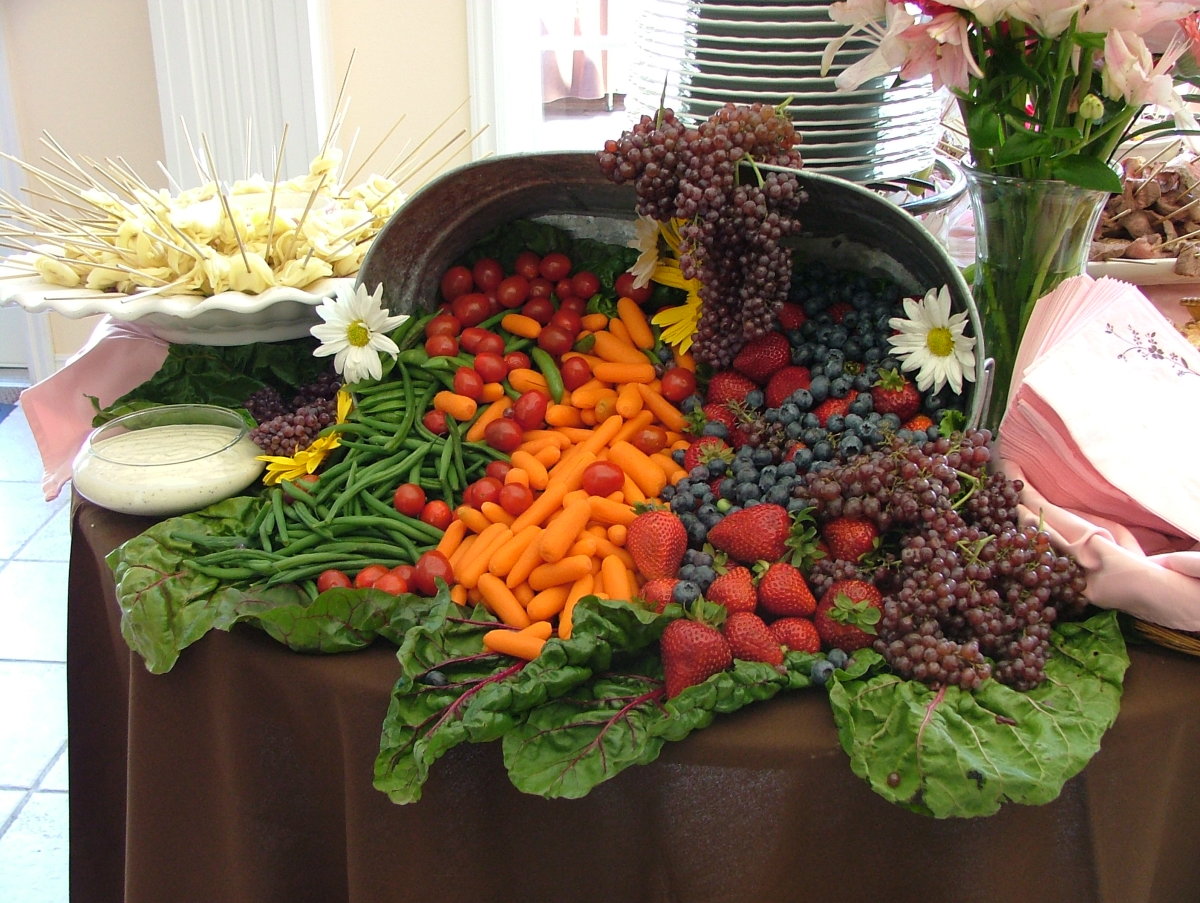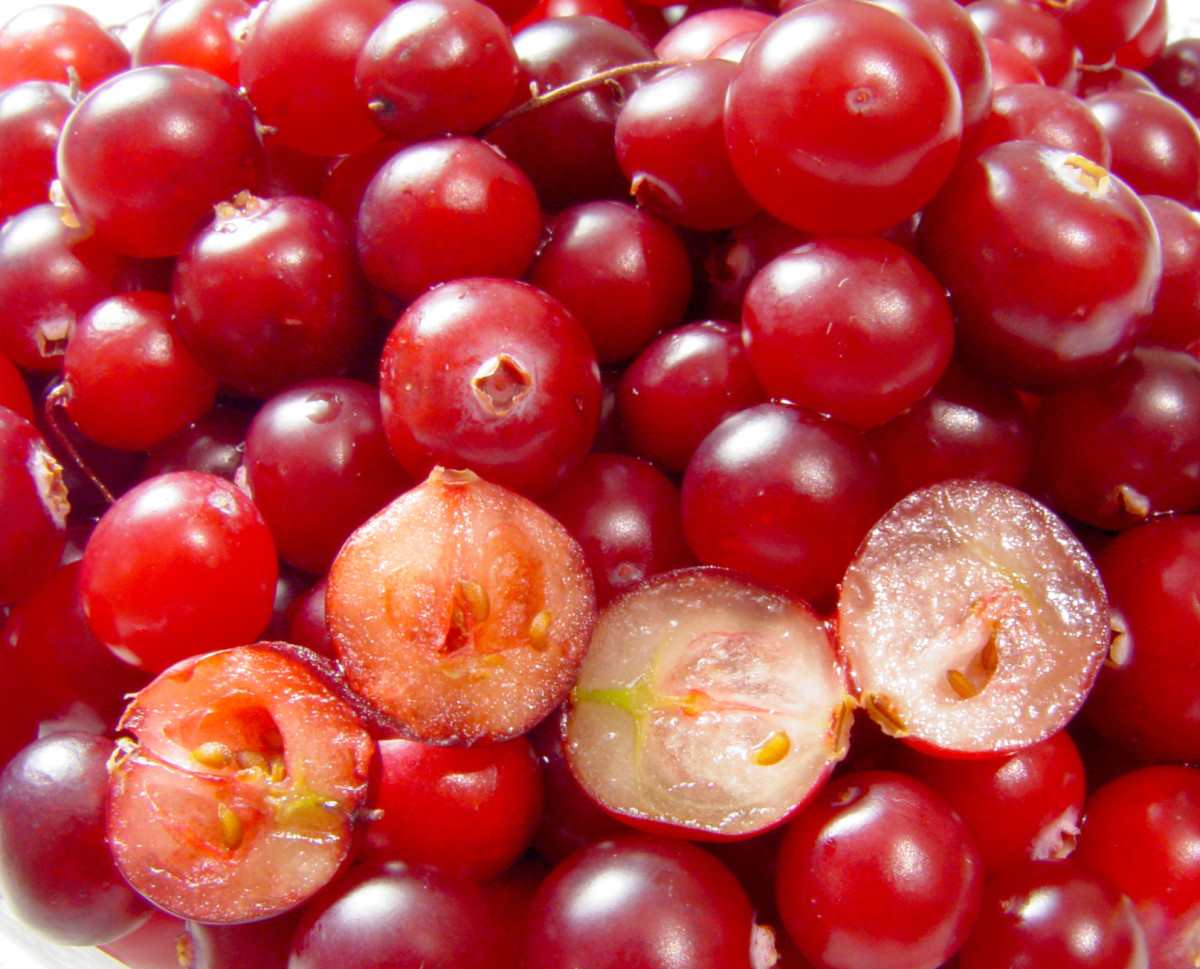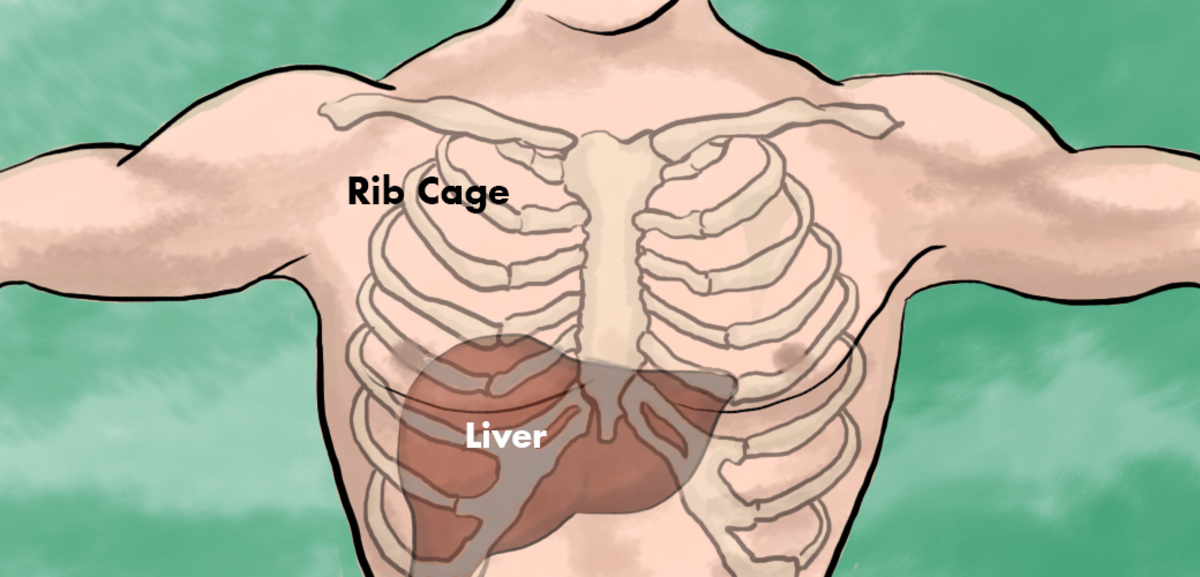Phytonutrients in a Plant-based diet
Phytonutrients are found in plants that are beneficial to health. "Phyto" means plant so phytonutrients are nutrients from plant-based foods such as vegetables, fruits, beans, nuts, mushrooms, and others.
The trend will be that more people will be eating these types of foods in their whole food forms. As these become their primary food source is they will be displacing processed foods and animal products from their diet. By doing so they will be increasing their health longevity and decreasing the risk of chronic diseases.
Instead of the main course being a plate of pasta or a large piece of meat, the plate should be at least half vegetables and fruits and another good portion being whole grains. Animal products will become more like condiments rather than the main course. This what a healthy meal should look like.
Phytonutrients consist of a whole array of chemicals that support the health of our bodies. Some names of these vital nutrients are things such as lycopene, alpha-carotene, beta-carotene, lutein, and zeaxanthin. You can see a more extensive list on Wikipedia here.
And there are hundreds if not thousands more of these micronutrients and compounds found in the plant kingdom that are beneficial to our health -- many of which have not yet been identified by scientists. Our bodies have evolved to take advantage of these compounds, because that's what we ate for hundreds of years before the invention of processed foods.
Beta-carotene is old news where it is already a well known antioxidant that protects against macular degnerative eye diseases. But have you heard of alpha carotene? It too is health promotive and is found in asparagus, red peppers, broccoli, and carrots. Higher levels of alpha-carotene is associated with greater consumption of vegetables. And higher levels of alpha-carotene is associated with lower risk of death from all causes.
Nutrition and Cancer
Phytonutrients fights cancer
Phytonutrients support the body's immune system. The body's immune system is the primary system for fighting off cancer by killing off cancer cells before they grow into tumors. Heart disease, stroke, and cancer are the top three diseases in the United States.
To learn more about how phytonutrients in green tea and mushroom help fight cancer, watch Dr. Donald Abrams talk about nutrition and cancer on the right.
Among the top foods that help fight cancer are green tea, blueberries, cruciferous vegetables, and garlic[1] -- all plant-based foods with potent phytonutrients.
Mushrooms are also protective against cancer because they inhibit the growth of tumors by inhibiting angiogenesis. This means that they inhibit the growth of new blood vessels that feeds the cancer.
Phytonutrients from Plant-based foods

Phytonutrients provide antioxidants
Among the foods highest in antioxidant vitamin nutrients are blackberries, walnuts, strawberry, cooked artichokes, cranberries, raspberries, and blueberries.[2]
Beta-carotene such as from carrots and orange colored vegetables is an antioxidant that prevents macular degenerate disease.
Blueberries are anti-inflammatory and are powerful antioxidants. Blueberries contain phytonutrients such as anthocyanins, flavonols, and resveratrol. Blueberries are good brain food.
Examples of Phytonutrients
Lutein and zeaxanthin found in avocados and kale are also for good eye-health.
Cocoa from the beans of the cocoa plant and is found in dark chocolate contains epicatechin which promotes heart health and improve blood flow to the brain.
Citrus fruits contain hesperetin and naringenim. Hesperetin proctects neurons by recharinging antioxidants and increasing superoxide dismutase (SOD) in the brain. Narigenim helps decreases LDL cholesterol and improve insulin sensitivity.
Raspberries and blackberries contains ellagitannins which helps our body detox neurotoxins such as pesticides.
How to Eat Your Vegetables
In many cases, the phytonutrients are partially lost in cooking and partially destroyed with heat. Most fruits and many vegetables can be eaten raw and this is the preferred form of eating them for maximum nutrition.
An exception is that mushrooms (which are neither fruit nor vegetable, but fungi) should always be cooked. That is because some mushrooms contain slight natural carcinogens and have cell walls that are not easily digested. Cooking mushrooms breaks down their cell walls and releases the beneficial nutrients in mushrooms for our body to access. It also neutralizes the natural carcinogens. Read more about why mushrooms should be cooked.
Tomatoes is another fruit (yes, tomato is a fruit) that is more nutritious when cooked.
If you like cooking your vegetables, go ahead. It is better than not eating them at all and you still get most of the beneficial nutrients. Steaming them would be ideal. When stir frying, cook in low heat and use coconut oil which is more heat resistant. Read what are good cooking oils to use. Do not over-cook vegetables. They taste much better slightly undercooked.
A brief history of diet trends...
Phytonutrients are also know as micro-nutrients, as opposed to macro-nutrients. In the past scientists have discovered that the three macronutrients supply fuel for our body. These are fat, protein, and carbohydrate. What resulted was various diets trend that suggests that we eat varying ratios of these macro-nutrients. There was the low-fat diet trend when doctors discover that plaque made up of fat and cholesterol accumulates on our arterior walls causing coronary heart disease. Hence low-fat products came onto the market and Americans started eating low-fat. However, the obesity rate still were continuing to increase.
So then, health experts started saying that perhaps that fat was not the problem. Instead, it is carbohydrate and sugar, the abundance of which is found in processed foods and sugary beverages. Some health authorities then suggest that we reduce our consumption of carbohydrates such as bread, pasta, pastry, and sugary products. This resulted in the low carbohydrate diet trends, also known as the low-carb diet.
But if we do not eat fat and we do not eat carbohydrates, what are we left to eat? The only thing left is protein. Hence you have the high protein diet trend such as the Aktins and Dukan diets.
The good and bad
The truth is that there are good fats and there are bad fats. The good fats are from olives, avocados, and the omega-3's from cold water fishes such as salmon and sardines. The bad fats are from the saturated fats of animal meat such as beef and cattle. The worse fats are trans fats, such as partially hydrogenated vegetable oils often found in processed foods that come in boxes on grocery shelves.
There are also good and bad carbohydrates. The good carbohydrates are from the carbohydrates from fruits and vegetables. Yes they do contain a bit of sugar -- fruits more than vegetables. However, they also contain the fiber that slows the rate at which the sugar enters our bloodstream. Some extreme low carb advocates suggest not eating any carbohydrates at all -- including fruits and vegetables. For most people, this would be a mistake because you would be eliminating all the phytonutrients that are present in the vegetables and fruits. Keep these good carbohydrates in your diet. But avoid the bad carbohydrates such as pasta, cookies, pastries, and white bread. And among the worst carbohydrate is sugar. Read more about why sugar is bad for health.
There are also good and bad proteins. The good proteins are again from plant-based foods such beans, nuts, and certain vegetables. Chicken, turkey, fish, and eggs are also acceptable forms of protein. The less preferred proteins are from beef, pork, and meat from other large land animals.
Scientists also discovered vitamins and minerals in foods that are necessary for our health. This led to that huge supplement business. Vitamins and minerals are fine and good. We do need certain vitamins and minerals in order to be healthy. However, in addition, we also needs the micronutrients of plant-based foods.
Conclusion
The next trend is that people will start realizing this and will start eating more a more whole-food plant-based diet as advocated in the documentary DVD Forks Over Knifes.
This article was written in March 2012 and already at this time, the trend is starting to happen with some manufacturers adding spirulina to some health juices. Spriulina is a type of algae that is full of phytonutrients.
To learn more about phytonutrients in foods, read Dr. Joel Fuhrman's book Super Immunity. Read also Michael Pollen's book In Defense of Food to see why he says to eat "mostly plants".
Reference:
- [1] 5 Foods That Help Fight & Prevent Cancer | Energetic Health
Green tea, blueberries, cruciferous vegetables, and garlic are the top foods for fighting cancer. - [2] WHFoods: Which WHFoods are highest in phytonutrient antioxidants?
Blackberries, walnuts, strawberry, cooked artichokes, cranberries, raspberries, and blueberries are the foods highest in phytonutrient antioxidants.








